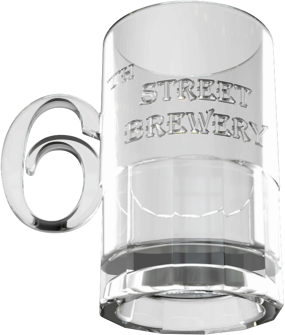Travisty wrote:thatguy314 wrote:I do tend to get a little bit of starsan sucked in, which I'd much rather than oxygen.
O2 could still get into the carboy by this method. If CO2 can get out by positive pressure inside the carboy, than O2 can get in when that pressure differential is reversed. It kind of a reversed bubbler then. If you were able to keep adding starsan to the airlock before the level of the outside column of starsan was sucked down below the holes in the middle piece of the airlock, then you might be able to avoid getting oxygen in the carboy.
I wonder just how much O2 gets pulled into a carboy during the chilling time. I know that quite a bit of liquid can be pulled up into a blowoff hose during that time, but I wonder if the amount of O2 in an equivalent volume of air is enough to really cause any problems. In one of the last session episodes, Chad talked about how he purges his hoses with CO2 prior to transfering beer due to the volume of air that he thinks can cause oxidation problems. If that bit of air would cause problems, then certainly the volume pulled into a carboy druing cooling could too, right? I realize that during transfering the beer is being agitated while the beer in the carboy isn't; and there's alos a blanket of CO2 over the beer in the carboy so maybe the comparison isn't valid.
Sure, but it'll take less pressure to suck the starsan in than the O2, unless the starsan falls below the level of the cap, so I'm still in inclined to believe that this is a good enough method.
You could always flush it out with CO2 and put a cork on, but as the pressure goes down it's going to create a vacuum and suck air in when you remove the cork
Either way, any time you take the cork off your carboy you're going to introduce a little bit of oxygen. I guess it's just up to you to choose the time and place to do so. Doing it my way, I've never had comments about oxidized beers, even months after I bottled it. I'm inclined to believe that if there is introduction of oxygen, it's fairly minimal.





